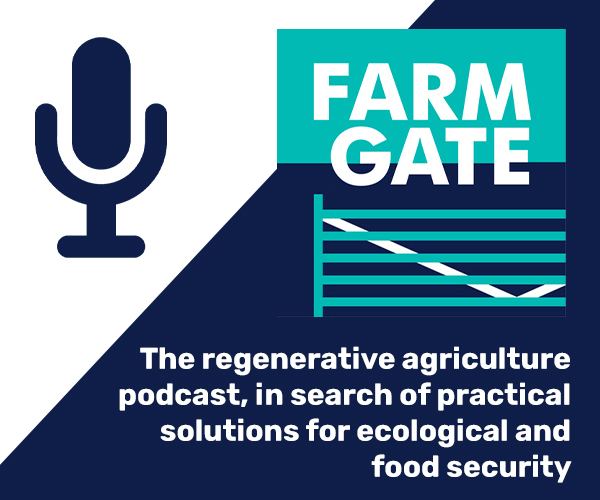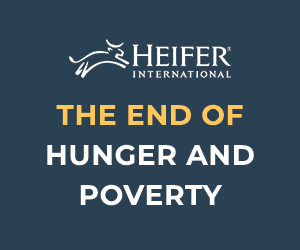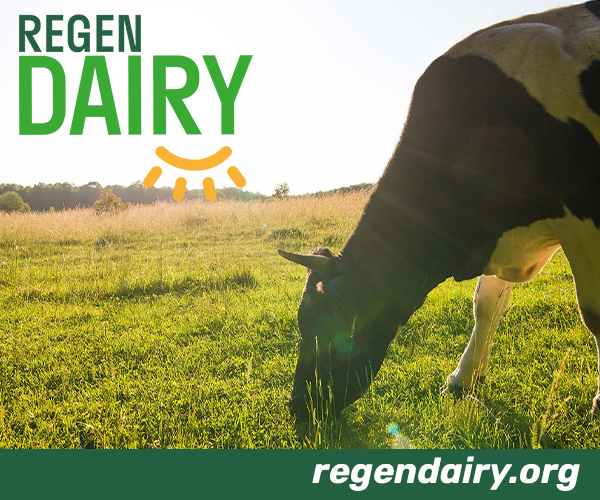



Dry El Niño Summer Expected to Cause Problems for NZ Dairy Farmers
NEW ZEALAND - Data from past El Niño years suggests farmers in some regions can expect a drop in pasture growth this summer, DairyNZ has reported.DairyNZ has reviewed pasture growth data from the three strongest El Niño years – 1972/73, 1982/83 and 1997/98 – which this summer is predicted to mirror.
DairyNZ senior developer for productivity, Kim Mashlan, says if similar years are anything to go by, then many farms could grow 2-3 tonnes less feed per hectare than normal.
“Some areas like Northland, Bay of Plenty and parts of Waikato and Canterbury show lower than average pasture growth rates from January through to April, compared to an average year,” said Ms Mashlan.
“This information isn’t meant to be a crystal ball but highlights the importance of preparing for the worst and hoping for the best, which many farmers are already doing.
“The key is to have completed a written summer management plan that identifies triggers for a change in farm management. For example, if grazing residuals go below 4cm, what will happen? An action might be to feed 4kg grass silage per cow per day,” said Ms Mashlan.
“It’s a good idea to body condition score the herd fortnightly and remember to keep an eye on young stock – providing supplements if pasture is inadequate.
“Review the weather forecasts regularly and, if needed, adjust the plan based on predicted pasture growth rates, which tools like DairyNZ’s Pasture Growth Forecaster can help predict.”
There are still decisions that can be made to prepare for a dry period, said Ms Mashlan.
“In some parts of the country, where moisture levels are adequate, there is an opportunity to build up feed with nitrogen. Booking your herd’s pregnancy testing now for early in the New Year means those last culls can go as early as possible, reducing feed demand. Also, consider milking once-a-day before feed gets short,” said Ms Mashlan.
DairyNZ economist Matthew Newman says milk production nationwide is already well below last year, after farmers culled cow numbers heavily earlier in the season, due to a low milk price. If dry summer conditions put pressure on pasture growth, then milk production will drop further.
“Currently, I’d say we are tracking for a six percent drop in milk production this season, but if El Niño conditions affect us badly this summer, it could be 10 percent or more down in some regions,” said Mr Newman.
He says DairyNZ has revised its breakeven milk price up to $5.40kg/MS, due to the decrease in expected production for the 2015/16 season and a slight lift in farm working costs.
DairyNZ offered these tips for dealing with a dry summer:
- Consider milking once-a-day.
- Accurately body condition score fortnightly and dry-off according to body condition score rules.
- Protect pastures from over-grazing.
- Check young stock at least monthly if off-farm and monitor weight gains whether on or off-farm. Plan to bring in extra feed should weight gains fall below target.
- Sell off remaining culls as soon as the herd has had a final pregnancy diagnosis.
TheCattleSite News Desk








